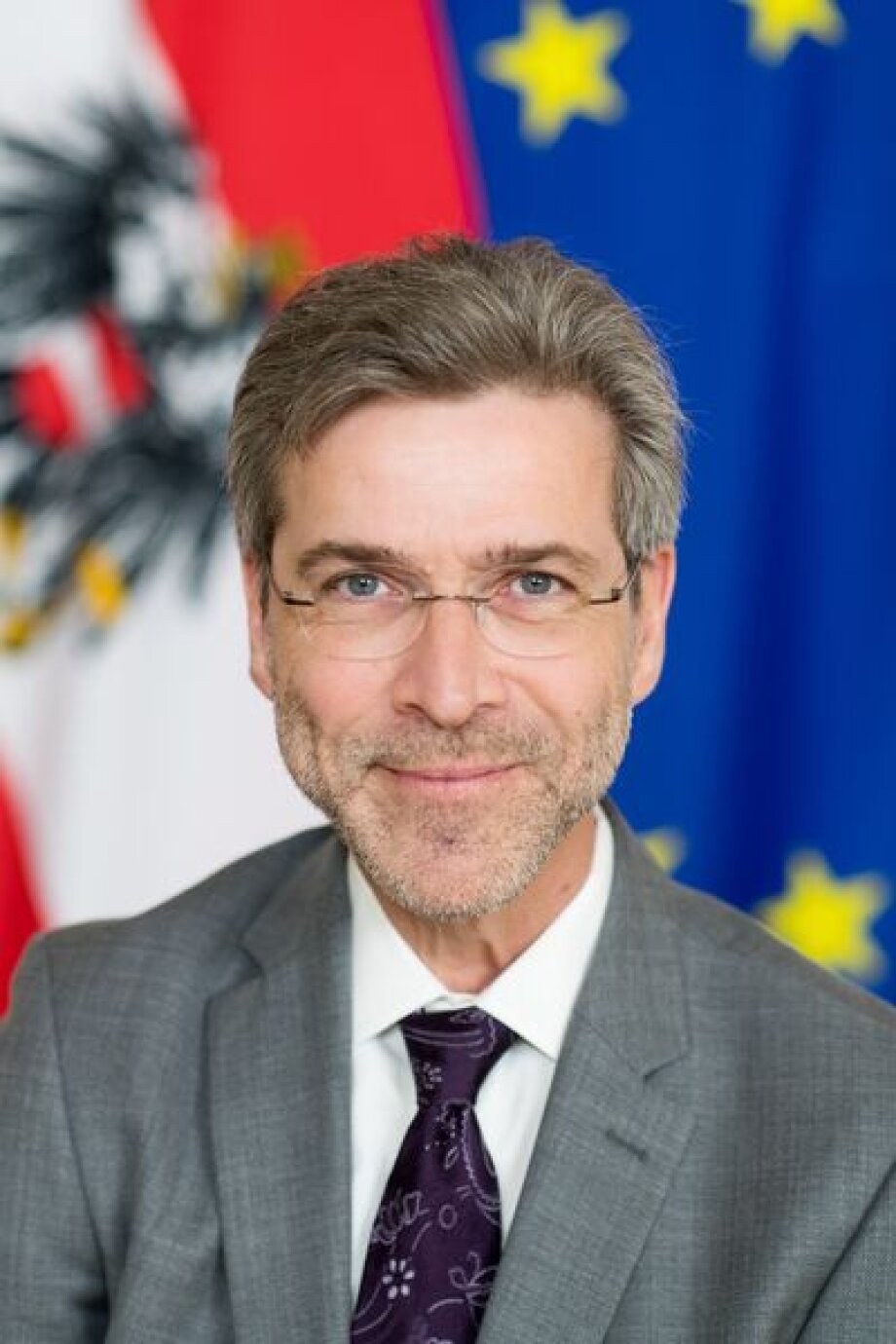Ambassadors’ Corner (December2021 2)
Andreas Stadler, an Austrian Ambassador, tells WBJ about the 2022 growth forecast, popularity of e-vehicles, and electricity generation in his country

Andreas Stadler, an Austrian Ambassador, tells WBJ about the 2022 growth forecast, popularity of e-vehicles, and electricity generation in his country

What’s the growth forecast for your country for 2022 and which industries are expected to do well in the coming year?
According to the forecasts by the Austrian Institute of Economic Research (WIFO) from October 2021, Austria is expected to achieve a growth of 4.8% next year. The OECD assumes that the Austrian GDP will grow by 4.6% in 2022, with its main driving force being private consumption. Such growth prognoses are very good news, especially when one takes into account the periods of economic slowdown in the recent months caused by the Covid-19 pandemic. Manufacturing is supposed to grow by 3.5% and the greatest increases in investments are expected in the construction (2.6%) and machinery (5.3%) sectors.
How popular are e-vehicles/e-cars in your country and which vehicle/car brands are the most sought after?
E-mobility is getting more and more popular in Austria each year. Last year we had approx. 77,100 e-vehicles operating on our streets. Of those, some 23,600 e-cars were admitted to circulation in the same year — more than twice as many as in 2019. And only in September this year we have almost 4,700 new e-cars driving on our roads, and they constituted more than a quarter of all new cars admitted to circulation that month. As for the popularity, Tesla Model 3, VW ID.3, and VW ID.4 are the leading e-car brands in Austria at the moment. In autumn 2021 there were more than 9,500 public charging stations nationwide, including approx. 1,500 quick charging points.
How’s electricity produced in your country and what are the major sources (including renewable and non-renewable)?
Austria is a proponent of renewable energy sources (RES). Last year almost 85% of Austrian primary energy production came from RES — with 45.1% produced from biogenic energy sources, followed by 28.8% from water, wind (4.7%), ambient heat (4.8%), and solar (1.4%). The remaining, approx. 15%, came from combustible waste (5.6%) as well as oil and gas (4.6% and 5.0% respectively). It is already quite an achievement. However, Austria does not rest on its laurels and plans to expand its RES capacity by additional 27 TWh by 2030, with the main goal of achieving full climate neutrality by 2040 at the latest.